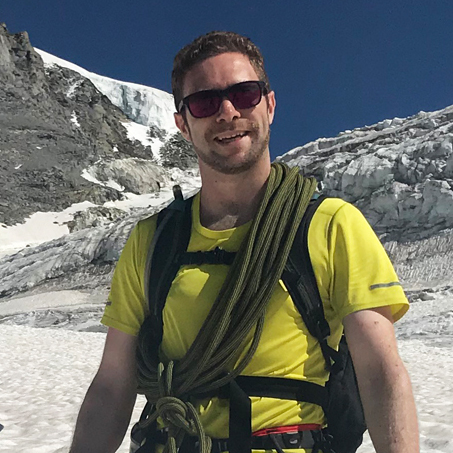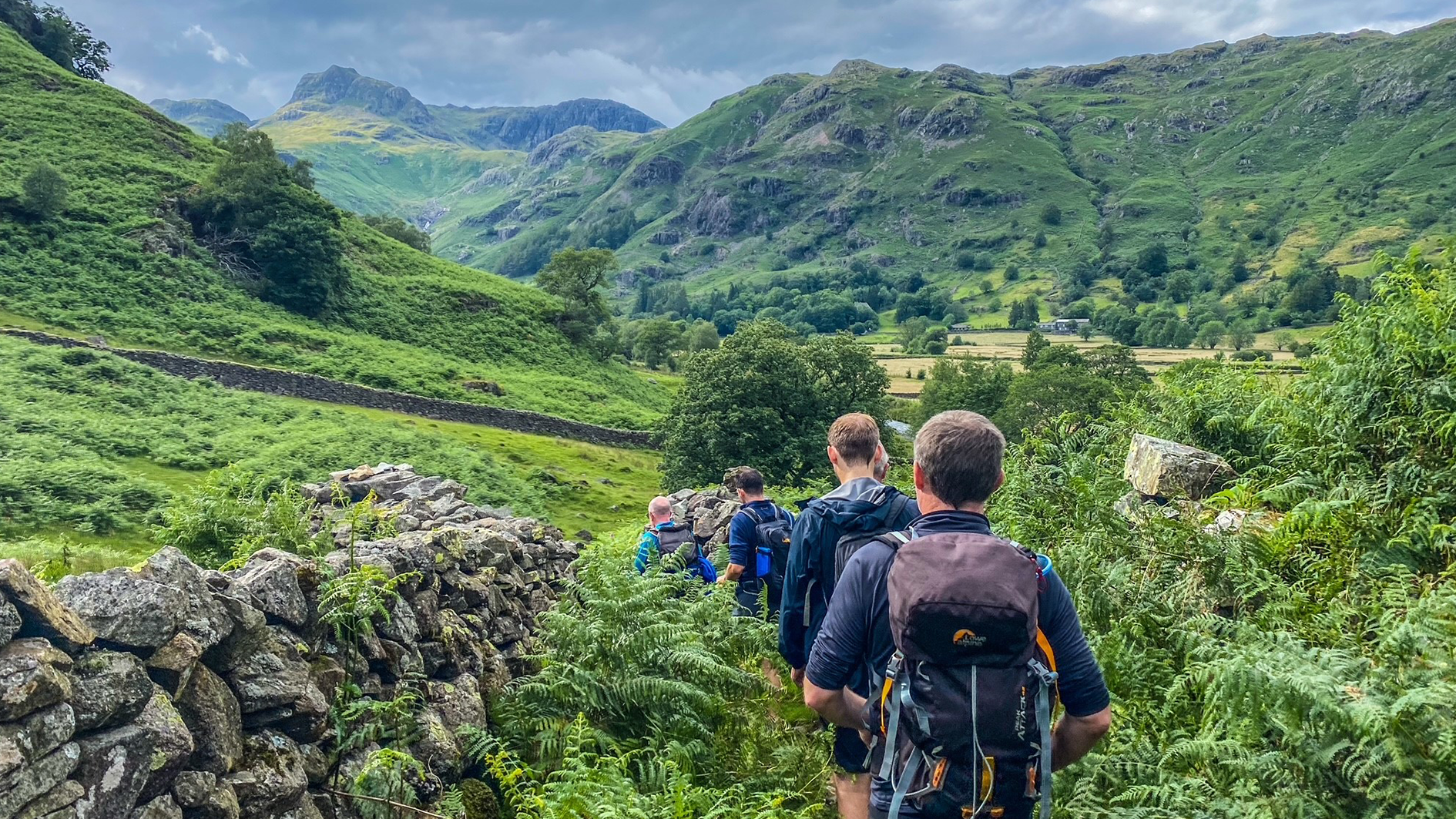What is a crux in climbing? Getting to grips with hardest parts of the ascent
We reveal how the crux impacts the overall grade of a route and consider famous examples from climbing history
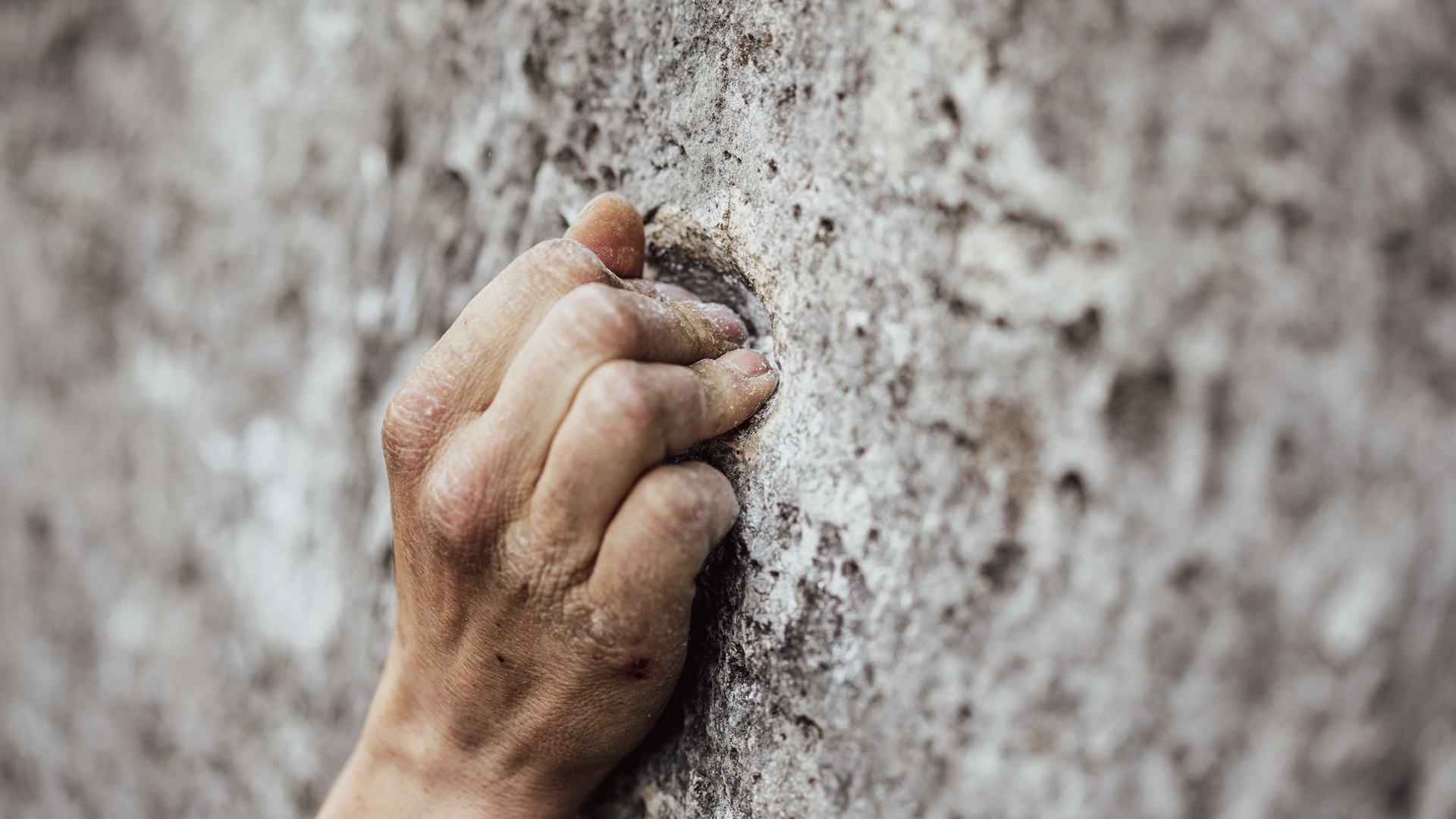
“Well, that’s the crux of it,” is an oft-used phrase to describe the most pressing or important issue, problem or puzzle. In essence, the crux is the most important part of something, the issue on which things hinge. It terms of climbing, this notion of a hinge is very apt. The crux of a climb is like a gate or a door, barring progress. If you can unlock the crux, you’ve proved yourself worthy of the rest of the route.
At their best, climbing routes are like puzzles that are solved through a combination of ingenuity, technique and athleticism. Nowhere do you need all three to come together in your favor as much as your do at the crux of a climb.
So far, so vague. So, exactly what is a crux in climbing? Let’s stop dancing around the question. Here we consider how a crux impacts the overall grade of a route, and look into a few famous examples from the annals of climbing and mountaineering history.
What is a crux in climbing?
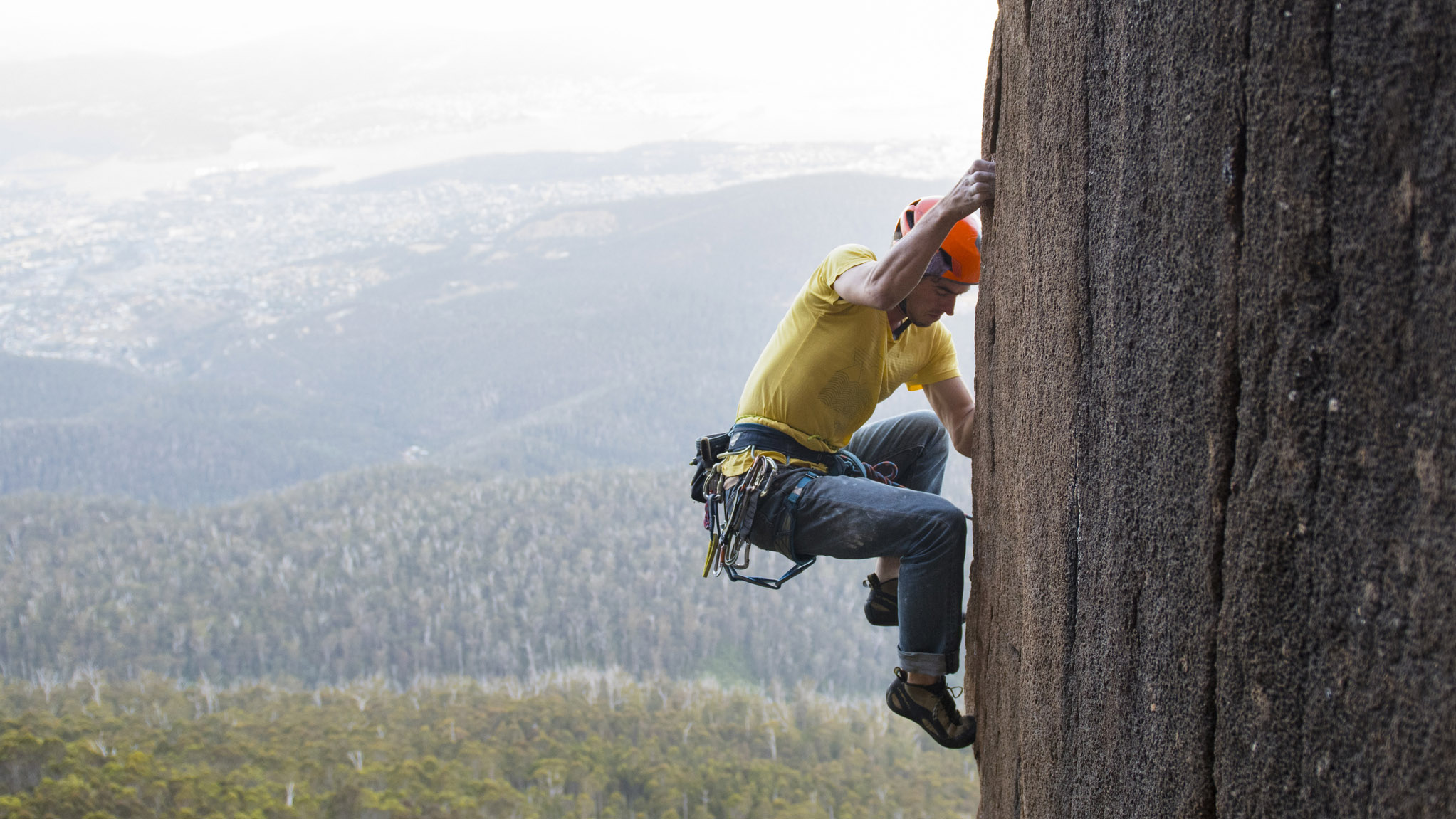
A crux is a climbing term for the hardest move or section on any given climbing route. It may be the part of the climb that involves the most technical difficulty, or it could be the most exposed or dangerous section of a route.
In bouldering, the crux is almost always the move that requires the most advanced climbing techniques to overcome. However, in other forms of climbing, the term psychological crux is also often used to describe a section of a route that may be technically easier than others but scarier due to the exposure or the consequences of a fall.
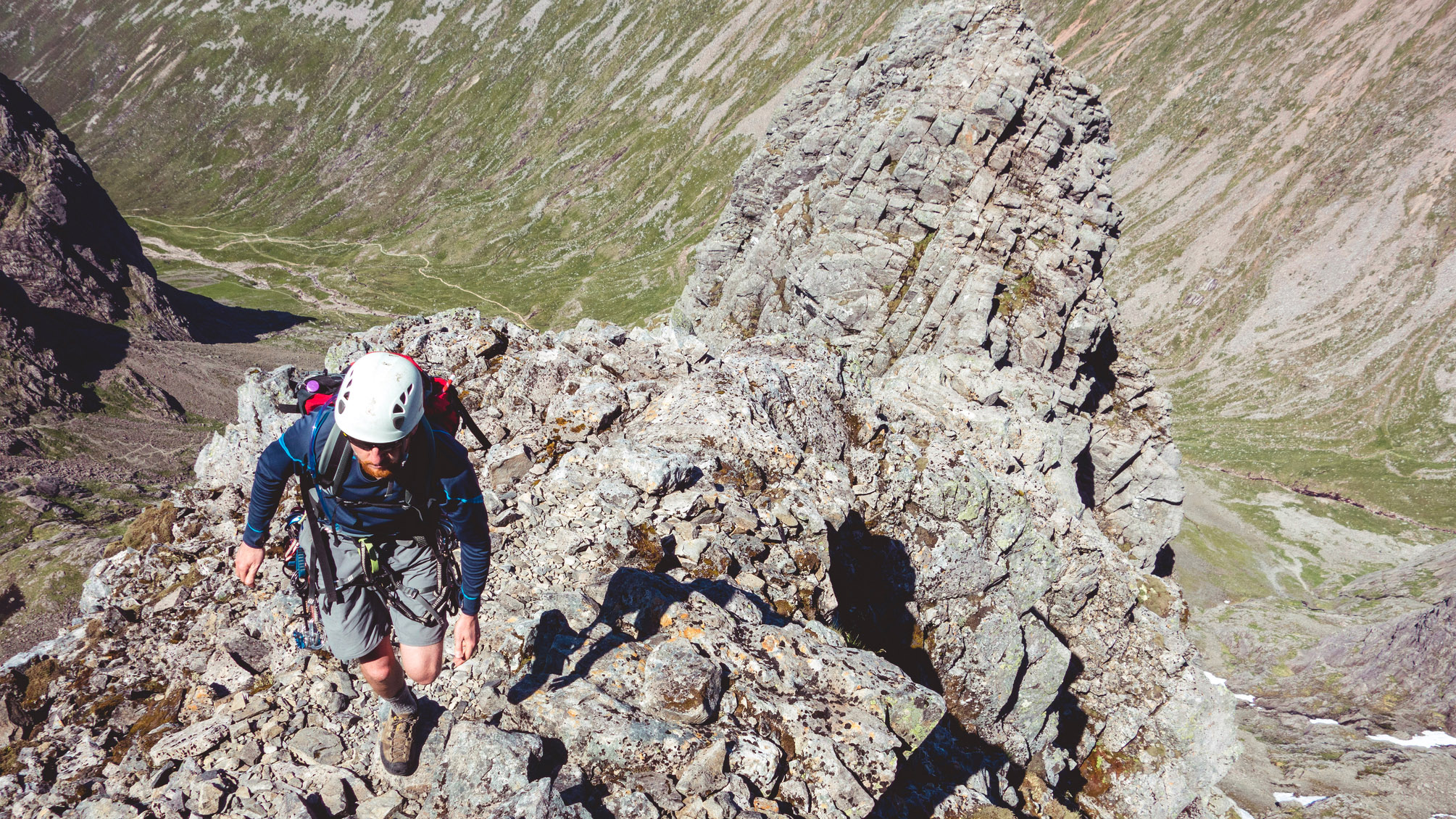
Similarly, in trad and sport climbing, a crux may occur due to lack of potential gear placements or the distance between bolts, leading to a very run-out stretch. On these kinds of sections, a fall would be more dangerous, as the climber would fall further before their protection caught them. So, even though they may be technically easier than some parts of the climb, a climber may still consider this kind of section to be the crux of a route.
In high-altitude mountaineering, crux sections can be particularly dangerous if they lead to long queues up in the 8,000-meter death zone. This is what happened during the 2008 K2 disaster, when the lack of fixed ropes on the Bottleneck, a steep and narrow couloir beneath towering seracs, led to long delays for those attempting to reach the summit. In 2019, mountaineer Nims Purja took a famous photo of queuing mountaineers in the Hillary Step region of Everest in 2019. The photo went viral and serves to underline the dangers that overcrowding can cause on the world’s highest mountains.
Advnture Newsletter
All the latest inspiration, tips and guides to help you plan your next Advnture!
Meet the expert
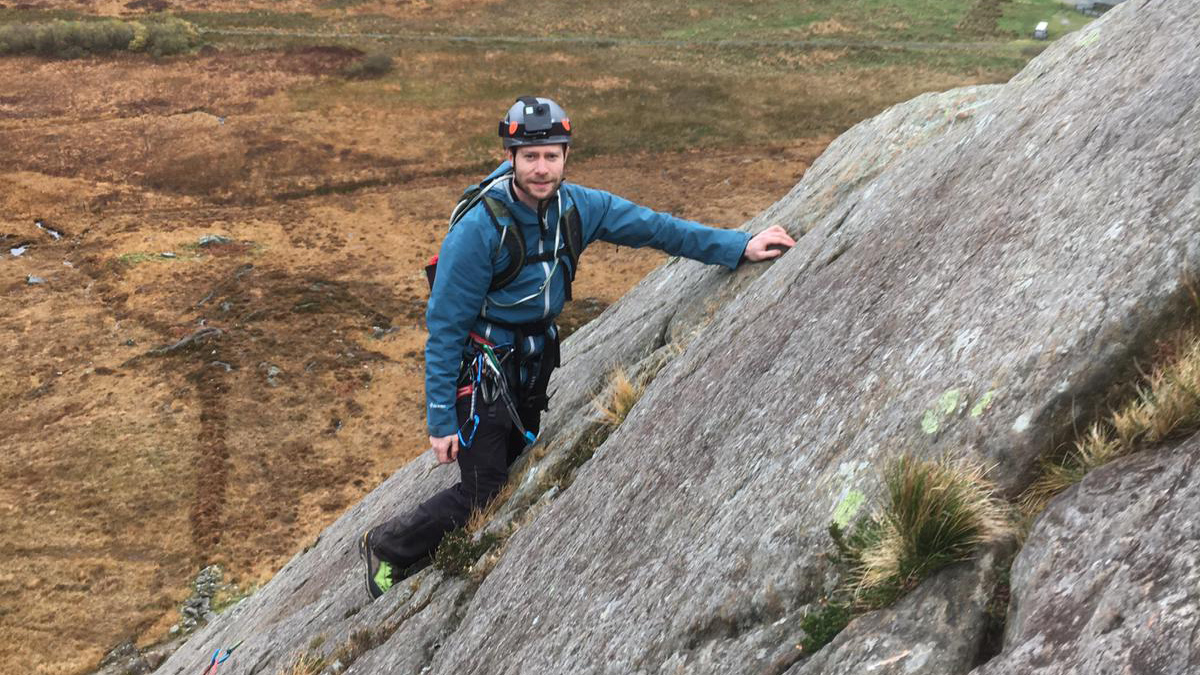
Former President of the London Mountaineering Club, Alex is passionate about exciting outdoor pursuits. He enjoys all forms of climbing, whether trad, sport, scrambling, alpine mountaineering or taking on snow-covered peaks in winter.
How does the crux alter the overall grade of a climb?
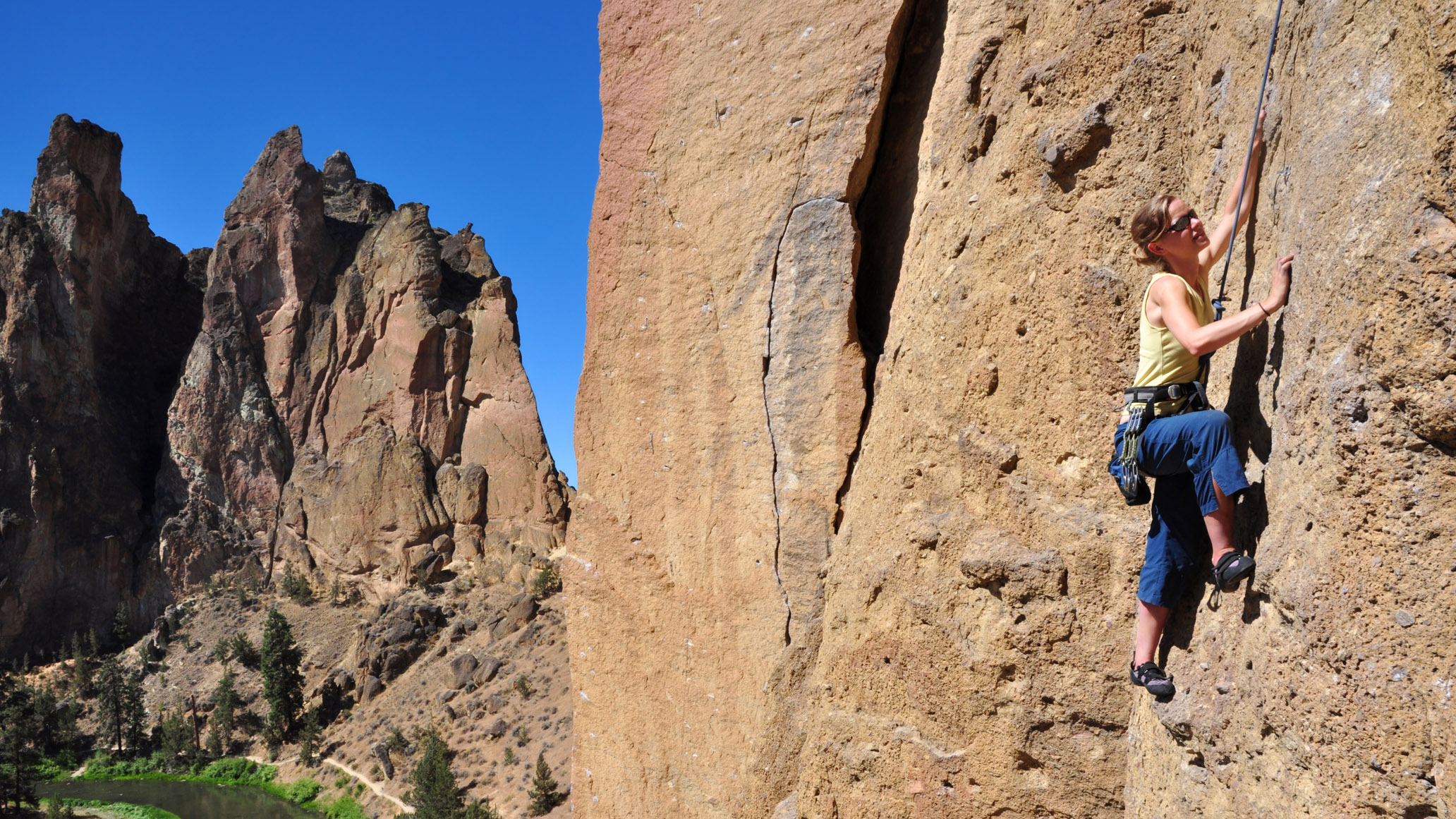
Whether you’re mountaineering, ice climbing, bouldering, trad climbing, sport climbing or scrambling, the route you’re eyeing up will probably have a grade that indicates how difficult it should be. There are various climbing rating systems and pursuits often have more than one grading system, usually arising due to the development of the sport in different parts of the world.
The difficulty of any given crux will have a significant impact on the overall grade of a route. For example, a mostly easy route with two very difficult sections would not be given a grade that suggested it was easy, as this would lure the climber into a false sense of security. So, the overall grade usually reflects the difficulty of the crux. To give an example: Freerider on El Capitan, the route famously free soloed by Alex Honnold in 2017, is graded 5.13a, which is the same as the crux, a section known as the Boulder Problem.
One grade system that takes things a little further, adding a certain amount of nuance, is the one used for trad climbing in Britain. Here, climbs above a certain level of difficulty are given two grades: the trad grade and the technical grade. The trad grade represents the general difficulty of a climb and the technical grade specifically represents the difficulty of the hardest move.
Famous cruxes
We thought we'd indulge ourselves and reveal the specifics of three famous cruxes, one from the world of high-altitude mountaineering, one from Yosemite and another projected by arguably the world's greatest climber, Adam Ondra.
The Hillary Step – Everest
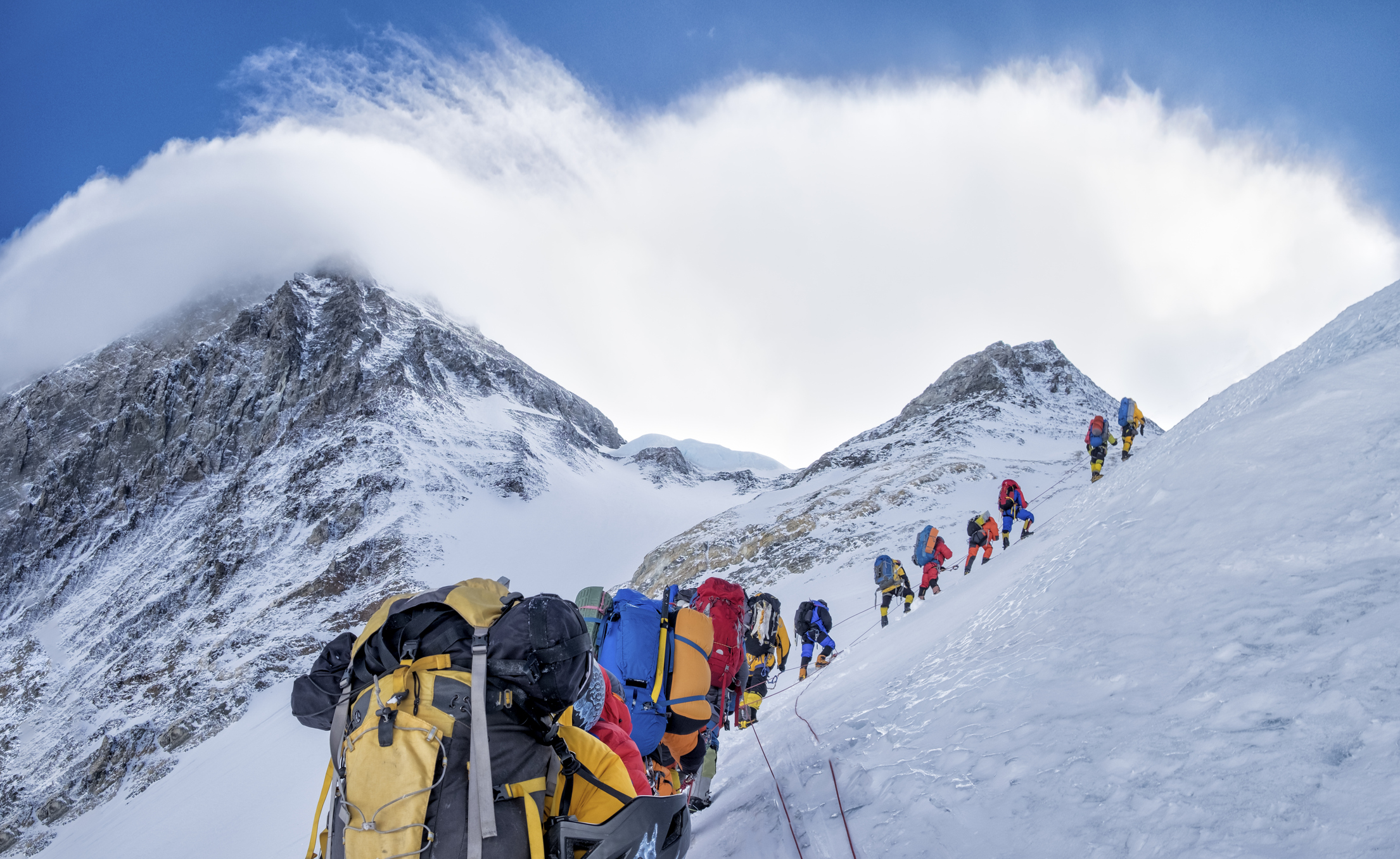
Named after Sir Edmund Hillary who, along with Sherpa Tenzing Norgay, was the first to climb it en route to the summit of Everest in 1953, the Hillary Step is perhaps the most famous example of a crux in the world of mountaineering. This 12-meter rock face was located between Everest’s South Summit and the main summit, high in the death zone, at 8,790 meters. It represented the final challenge those approaching Everest from the Nepalese side would have to face before unlocking the easier (all things are relative, right?) ground to reach the summit of the world’s highest mountain.
You’ll have noticed the use of the past tense in the previous paragraph. This is because the Hillary Step is no more. The rock face is thought to have fallen victim to the devastating Nepal earthquake of April 2015. This part of the climb is supposedly easier now.

The Tibetan side of Everest is no stranger to crux sections either and has some notable Steps of its own, three of them on the northeast ridge. The Second Step is the best known and most difficult. Whether or not George Mallory and Sandy Irvine managed to overcome this barrier during their ill-fated 1924 summit bid remains a significant mystery. It’s significant as, if they had, they’d have had no substantial difficulties (again, relatively) ahead to stop them from achieving the summit.
American mountaineering legend Conrad Anker climbed the Second Step as part of the filming for the 2010 feature film The Wildest Dream. He was dressed and equipped as Mallory would have been in the 1920s. Of whether Mallory and Irvine might have made the summit, he said: “It’s possible, but highly improbable.”
The Boulder Problem – Freerider, El Cap
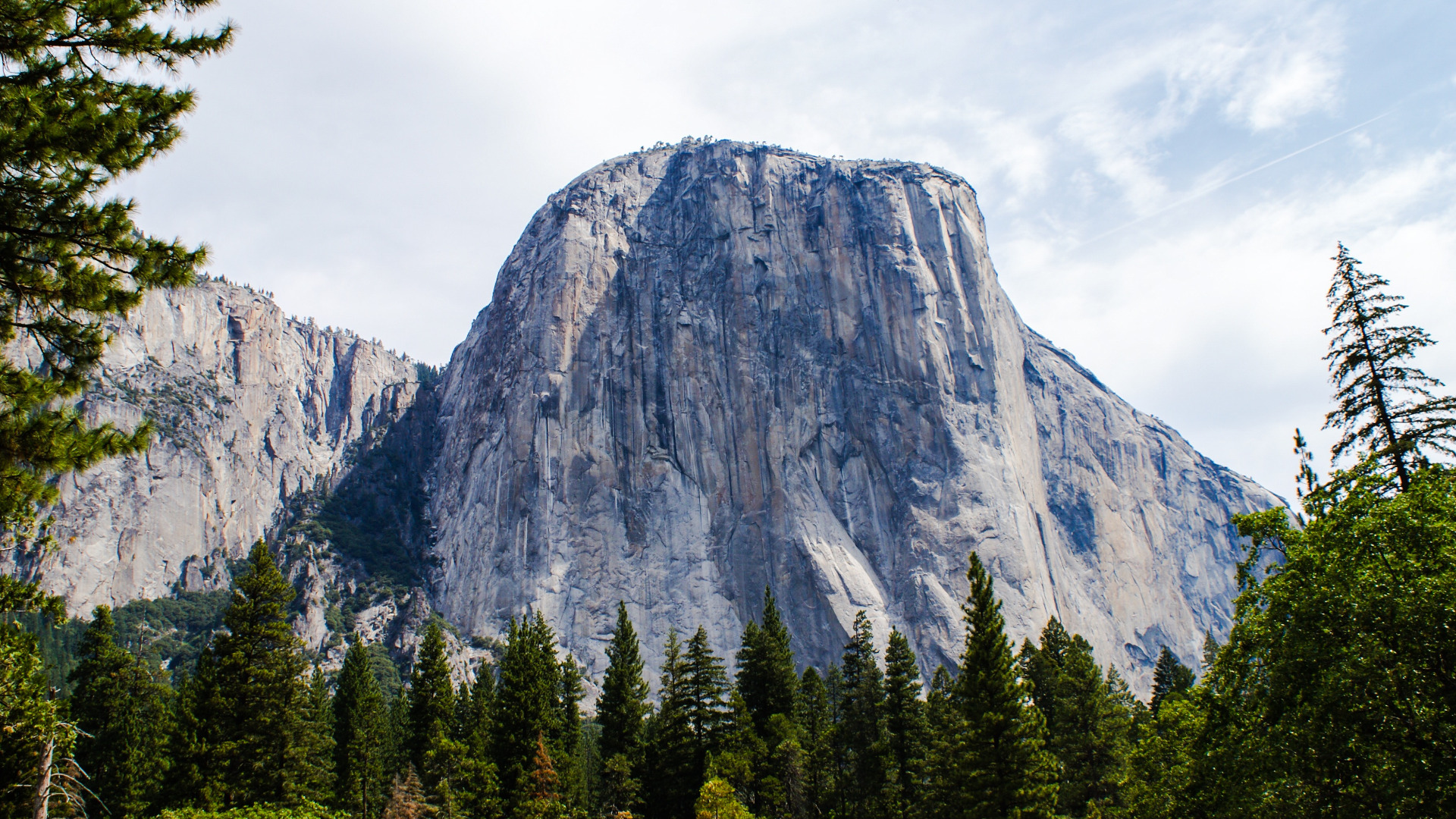
Alex Honnold’s free solo of Freerider on El Cap was one of the most groundbreaking moments in climbing history, while the subsequent 2018 feature film Free Solo was a global sensation. There were many fascinating aspects to the film, from Honnold’s relationship with fear and the people around him, to the post-modern way in which the film crew formed a part of the narrative.
The crux of Honnold’s climb was the Boulder Problem on Pitch 23, graded 5.13a. Described by Honnold as, “Incredibly difficult… A very intricate sequence,” it involves a series of challenging moves, including the smallest hold on the entire route (according to Honnold) and a karate kick style manoeuvre to finish. The alternative to the kick is a dyno. For the uninitiated, a dyno is a leap, where the climber jumps from the wall entirely in order to grab hold of a good ledge – not ideal when you've got nothing but 1,700 feet of air beneath you and you're not attached to a rope. Needless to say, Honnold chose the kick for his free solo.
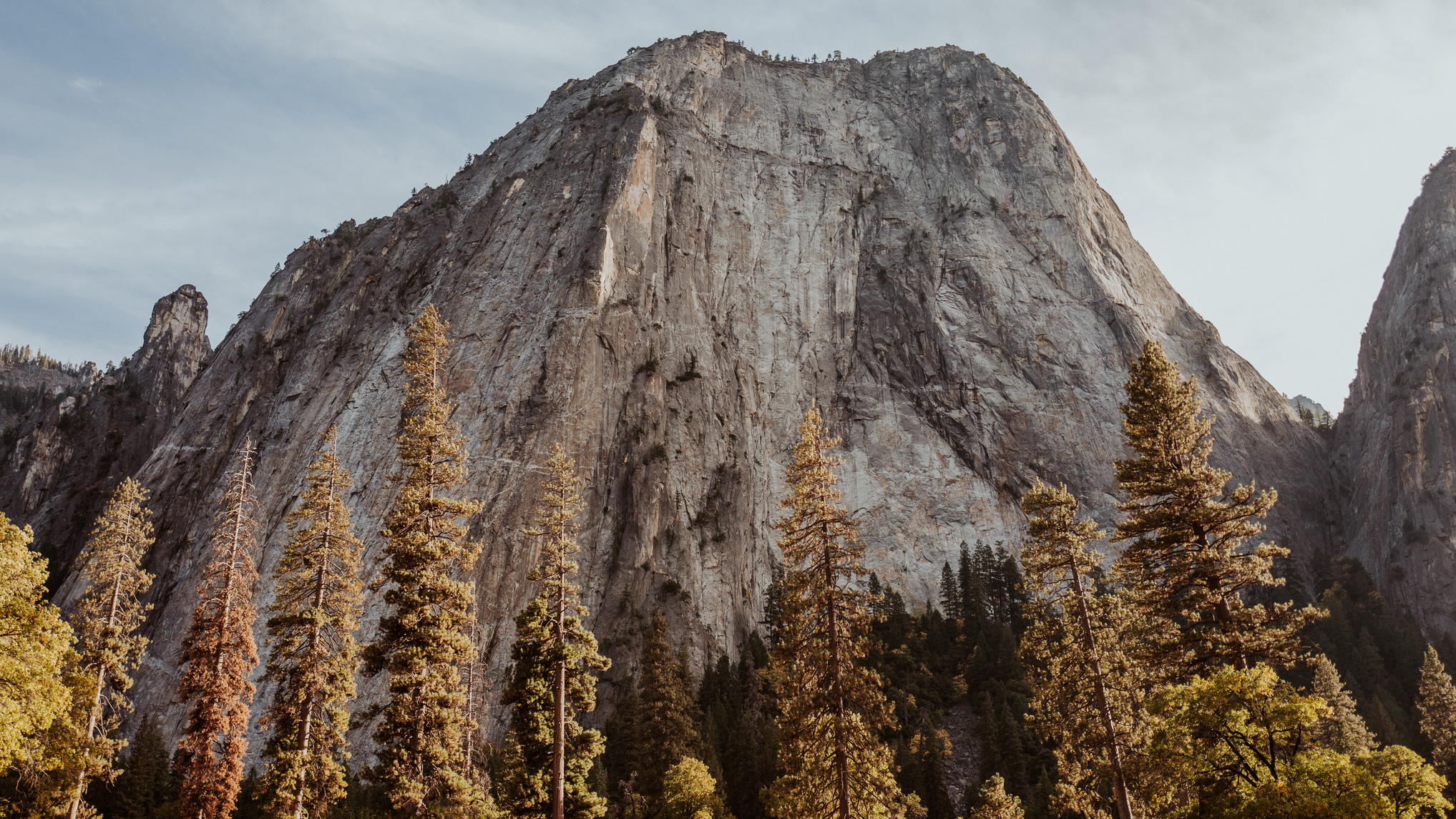
Understandably the Free Solo film features the Boulder Problem prominently. In fact, it feels as though the whole film pivots on that single moment. The filmmakers do a fantastic job of building the tension towards it, underlining the importance and meaning behind Honnold overcoming the crux of the route. By that point it has already featured in a scene where the crew discuss the consequences of Honnold getting it wrong, with Jimmy Chin looking vaguely horrified at the prospect of seeing his friend “falling through the frame to his death”. Fast forward to the climb and Marco Beltrami’s score crescendos as the film crew watch Honnold approach it, before the music settles on a dissonant note that stretches out like a taught wire and slowly fades away.
As he sets about tackling the crux, Honnold’s heavy breathing duets with ominous piano chords as another dissonant drone gathers volume. “He’s got it,” exhales the watching Mikey Scaherfer, as Honnold smiles at the remotely mounted camera that captured the drama, and warmer tones return to the score. It’s a superb representation of how the build-up to a crux can feel as a climber or a mountaineer, along with the sense of relief, freedom and joy once it’s done. Of course, the stakes are higher than usual in this example...
The V15 boulder problem – Silence, Flatanger, Norway
A post shared by Adam Ondra (@adam.ondra)
A photo posted by on
The hardest climbing routes in the world are obviously destined to have some “interesting” cruxes. In 2017, Czech climbing sensation Adam Ondra sent the world’s first 9c (5.15d) route on Silence, a ridiculously difficult 45-meter route on an overhanging cave in Flatanger, Norway.
The crux comes about midway up, with a series of three boulder problems. These are so technically challenging that Ondra applied bouldering grades to sum up their difficulty, touting the first of the three as a V15. This obstacle demanded extreme precision, upside down climbing and an extreme drop knee. To rest at the end of the sequence, Ondra had specifically trained his muscles in order to bat-hang, before cracking on with the next of the three boulder problems.
The entire route has yet to be repeated by any of the world’s greatest sport climbers. However, Italian climber Stefano Ghisolfi has successfully repeated the famous crux.
Alex is a freelance adventure writer and mountain leader with an insatiable passion for the mountains. A Cumbrian born and bred, his native English Lake District has a special place in his heart, though he is at least equally happy in North Wales, the Scottish Highlands or the European Alps. Through his hiking, mountaineering, climbing and trail running adventures, Alex aims to inspire others to get outdoors. He's the former President of the London Mountaineering Club, is training to become a winter mountain leader, looking to finally finish bagging all the Wainwright fells of the Lake District and is always keen to head to the 4,000-meter peaks of the Alps. www.alexfoxfield.com
